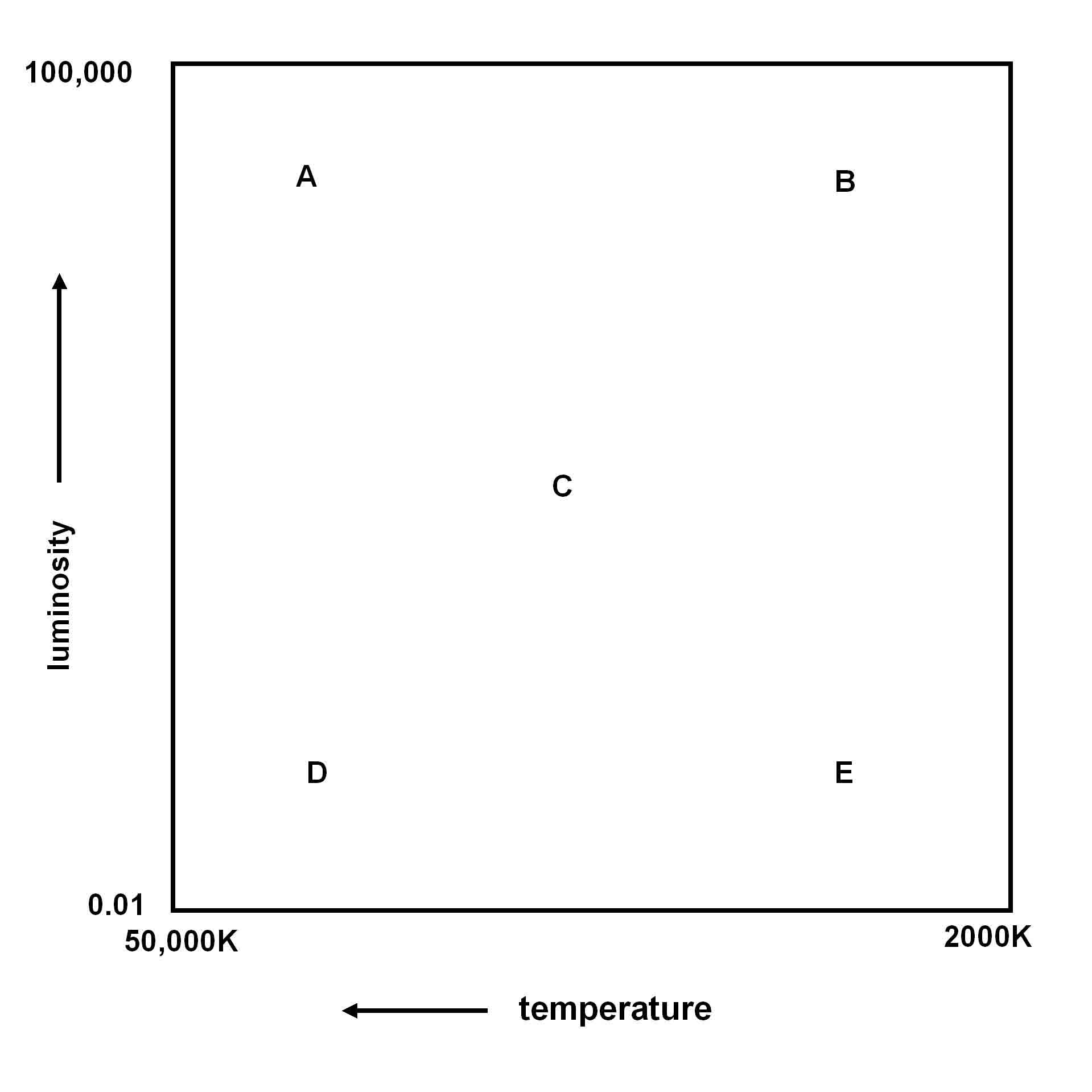Use these questions to test your understanding. If you get them wrong, you will be linked back to the relevant part of the notes.
Use these questions to test your understanding. If you get them wrong, you will be linked back to the relevant part of the notes.
Be sure you study them thoroughly (don't just get a quick fix for your mistake) so your overall understanding is improved.
1. If the earth were further from the Sun than it actually is, the parallax angle for stars would be
a. larger b. smaller c. the same
2. Which two things are needed to determine an object's distance from the Earth if it is too distant to use trigonometric parallaxes?
a. velocity and luminosity b. velocity and apparent brightness
c. apparent brightness and luminosity d. apparent brightness and size
3. Two stars, X and Y, have the same luminosity but star X is a very blue star while Y is a red star. Which star has the larger radius?
a. Star X b. Star Y c. Not enough information has been provided to choose.
4. You are living 200 years ago and want to discover parallax. Your best bet is to choose
a. bright stars b. dim stars c. stars with large proper motions d. stars with small proper motions
5. The sequence of spectral types that Miss Cannon discovered is actually a sequence
a. of percentage of hydrogen in a star b. of velocity through space c. of apparent magnitudes
d. of temperatures e. of numbers of sunspots
6. If you want to measure the mass of a star, you must
a. look for a pair of stars orbiting each other b. use Kepler's 3rd Law c. measure the star's temperature
d. measure the star's radius e. do both a and b
7. To measure the luminosity of the sun from the earth, we need to measure
a. Earth's distance from the sum
b. the flux Earth receives from the sun (the apparent brightness of the sun at the earth)

8. In the figure above, which star has the largest surface area?
9. Which one has the smallest surface area?